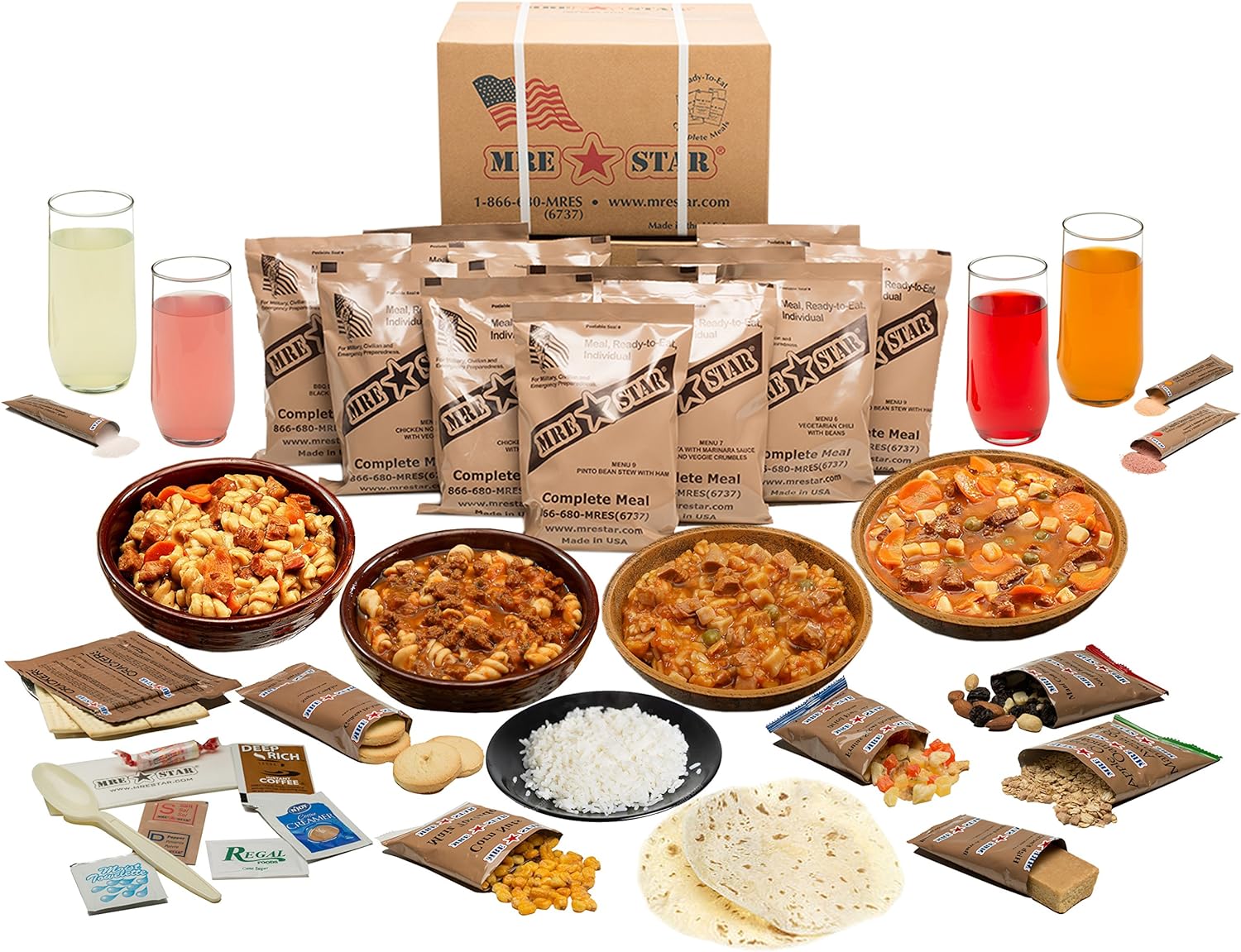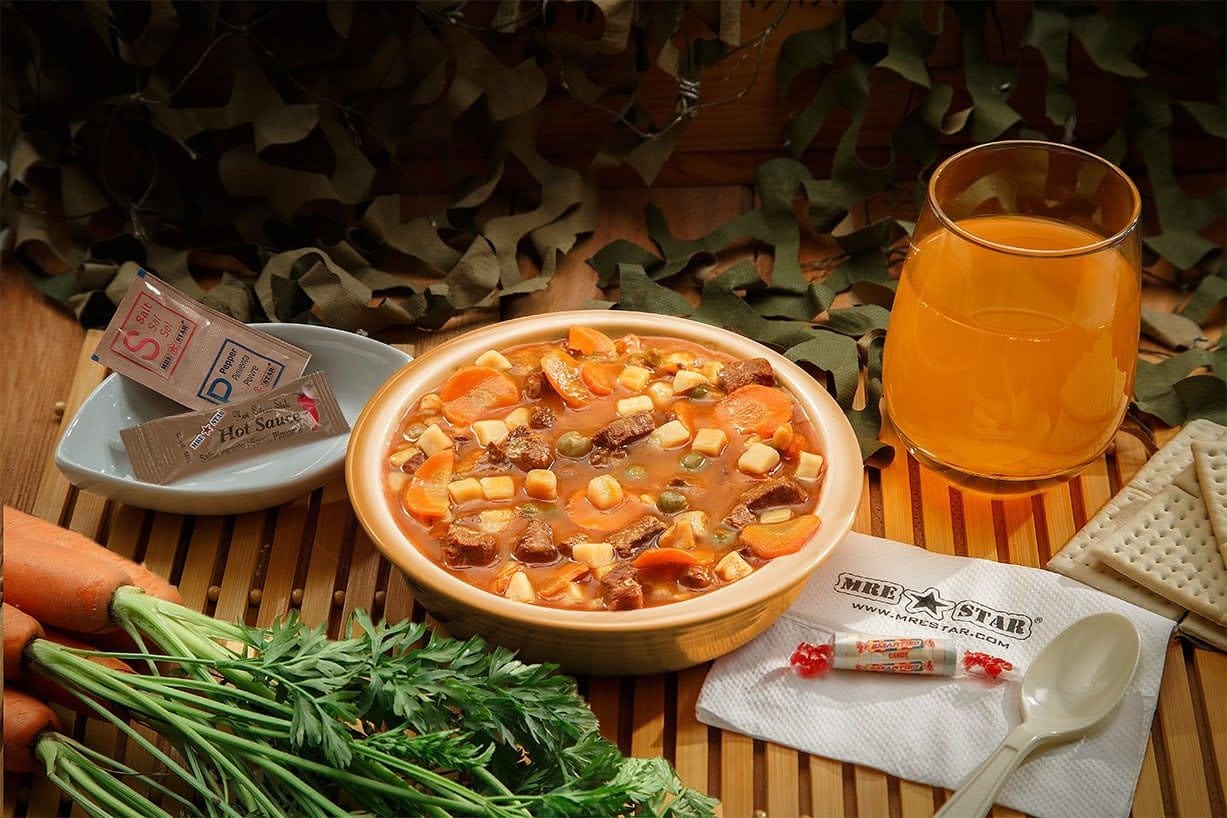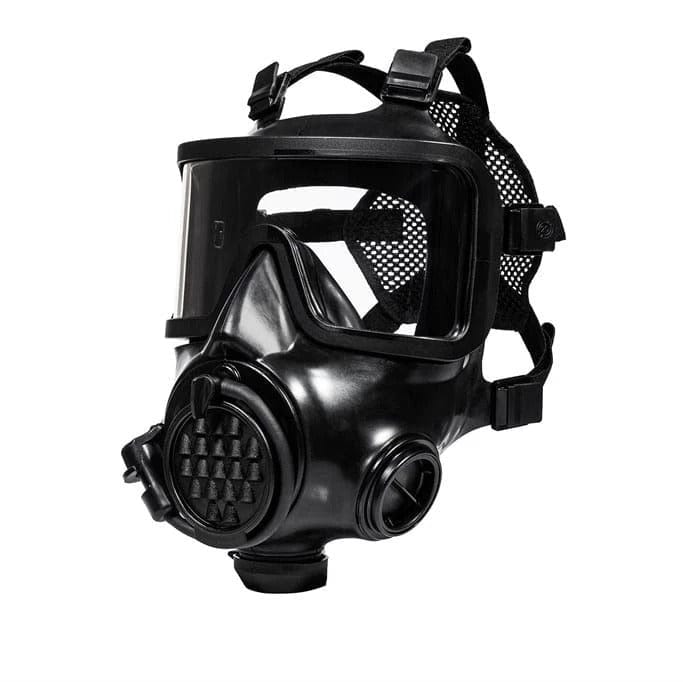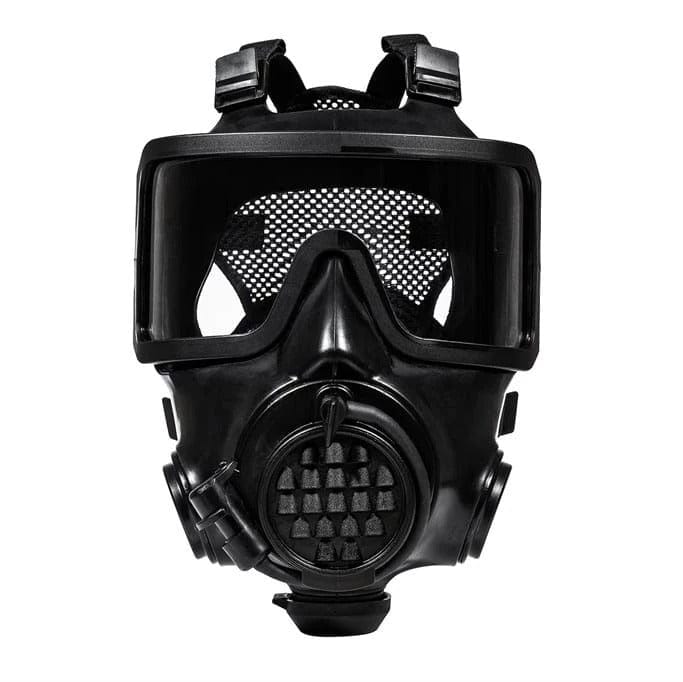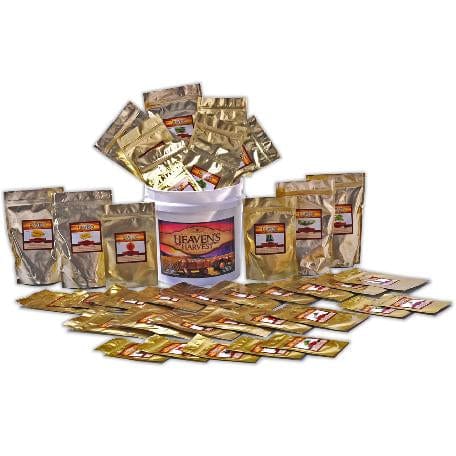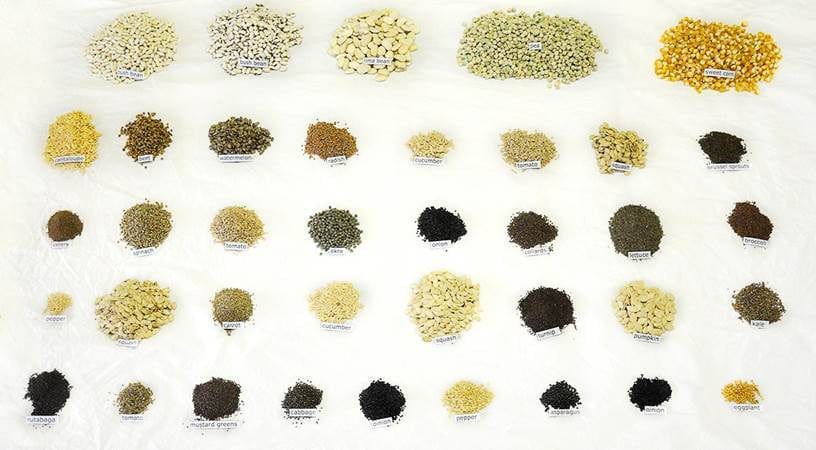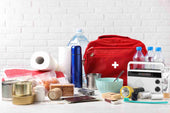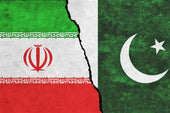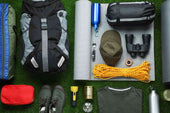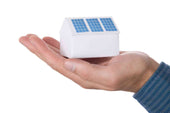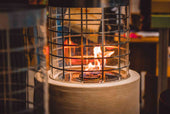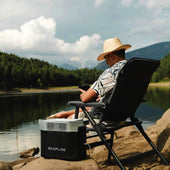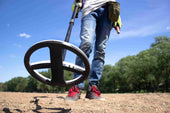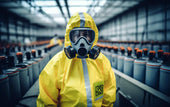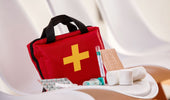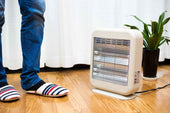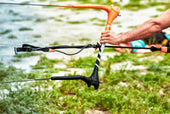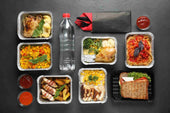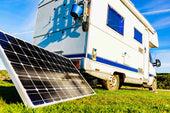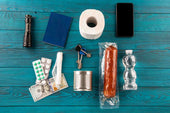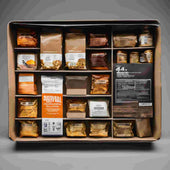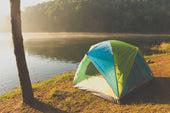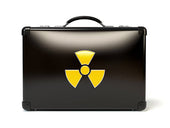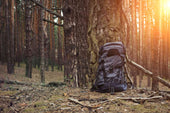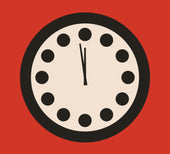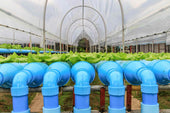There are abundant organizational ideas for storing food and supplies at home. Most modern homes invest in stocking food and supplies because of their multiple benefits.
First, it can save our family during economic inflation. Since we don't produce our food, homes can have some food stock even if the market crashes the following day. Second, food piles can save us from disasters. We experience floods, storms, earthquakes, hurricanes, oil spills, and other natural and artificial calamities yearly.
This phenomenon can leave us stranded inside our homes for weeks or months. If we have food and supplies stored inside our homes, at least we can survive. Proper care must be observed when storing food and other supplies to make them safe for consumption. Some foods need not be refrigerated and stored in other parts of the house, such as the pantry.
Meanwhile, survival products are stored in the garage. Here are some of the organization's ideas for storing food and supplies to be used during emergencies:
Top Six Organization Ideas for Food in the Pantry
Our body needs food and water to live. According to Business Insider, humans can live for three weeks without food and two days without water. These items are essential for survival; thus, families invest time and money to buy everything they need. We store them in the pantry to make them perishable and safe.
A pantry is a part of the house used to store food, beverage, and other items. It is an ancillary of the kitchen. People store their food in the pantry because they don't want to expose their supplies to other people who visit their houses. In addition, the pantry can keep food supplies safe, especially from insects and pests.
According to Urban Survival Site, storing food at your house is a methodological and lifelong process that does not happen overnight. Buying all the groceries, storing them, and allowing them to spoil is improper. Pantry maintenance is routine; all members must learn it from the family.
Generally, when choosing organizational ideas for the pantry, one must ensure that the place is airy and has good ventilation. It is not directly exposed to sunlight. The temperature is controlled, pest-free, and dry. In addition, choose foods your family will eat and avoid foods not allowed in your diet.
Always check if it can last up to at least three days. Some of the food that must be stored for emergencies are the following:
- Cereals
- Peanut butter
- Power bars, granola bars
- Dried fruits
- Canned tuna
- Canned soup
- Bottled water
- Sugar, salt, and pepper
- Powdered drinks such as milk, coffee, and chocolate
Here are some of the organization ideas in the pantry to make the supplies last longer:
1. Use shelves
The first thing to do is to use shelves for your pantry. Some of the shelves of modern homes are made of metal and coated with paint to resist rust and corrosion.
According to the Ultimate Survival Site, avoid buying wooden or plastic shelves because they don't offer the same strength as metal. Some shelves can be installed on walls and freestanding shelves, and you can opt for these products. You can also choose cabinets or products with pull-out drawers for your pantry.
Furthermore, tiered shelves are available for a more organized pile. If you're on a budget, you can make your shelves. Plenty of resources, such as one by The Craft Patch, are available on the Internet. Shelves will protect your stacked food from water on the ground, primarily when it floods.
It is also easy to determine what food supplies you have when they are stacked on shelves. If you don't have a pantry, you can build one. Start by installing a shelf in your kitchen and covering it with clean curtains. You can store food items in kitchen cabinets or under the stairs, but ensure that pests do not bother them.
2. Invest in containers
Invest in containers, boxes, and shelves. Remove food items such as nuts, cereals, oatmeals, and grains from their boxes and place them instead on mason jars. Mason jars are airtight, and they can prevent spoilage of food.
Moreover, these jars are stylish and can help you locate items quickly in your pantry. Avoid using plastic ware in your food as much as possible because it might react with it. The next tip is to use boxes, baskets, or slim bins. The idea is to sort and store the food by category.
Group food items such as coffee, chocolate, and milk powder together and put them in the box.
According to Country Living, you can organize your pantry using old magazine trays or holders. Place utensils such as forks, spoons, plates, cups, and napkins on trays or baskets. The Kitchn also suggests using sheet pans to group jars or bottles of food.
3. Use unconventional items

Another tip is to use unconventional items to maximize your pantry's space. For example, you can store snacks and small food items in a shoe organizer, hanger, or caddie. You can also hang some snacks or chips at the back of the door, on the side of the shelves, or on the walls.
Try to store spices such as salt, pepper, sugar, and cinnamon in the corner of the shelves. Stock the water containers on one side and ensure the floor is clean. Place the canned goods in wire bins; you can hide them under or beside the shelves. Install a kitchen turntable or 'lazy Susans' on your pantry for easy access to the goods.
4. Label every food item

When organizing food items, label everything correctly. Label the mason jars with water-based markers, and remember the expiration date so you'll be guided properly. Write the category of food items on a Post-it pad or sticky notes.
Lastly, write on a piece of paper or chalkboard and post it on the wall or at the door, listing the available stocks in your pantry and the things you need to buy or replenish.
5. Check and replenish food items regularly

Besides grouping the food items in your pantry, cleaning and checking them regularly is also advisable. This will notify you if some groceries are expired or near expiration. If the goods are nearing expiration, you can consume them and replace them with fresh supplies.
Expired goods are not suitable for the body and might cause problems soon. Check if the groceries have leaks, stains, spots, or other problems. Separate those items with problems to avoid affecting other products. Put heavy groceries, such as water bottles, on the last shelves. This will prevent an accident in the pantry.
Also, ensure you don't place food items on the last shelf near the floor to prevent pests such as rats and cockroaches.
6. Store perishable items in the fridge

Food items need to be stored in the fridge to stay longer. Some of those are flour, nuts, spices, and seeds. You can place the fridge near the pantry and the kitchen to be easily accessible. Apply storage organization inside the fridge.
Label all the products, put them in mason jars or plastic containers, and secure them tightly. Remember not to store sensitive foods such as eggs, butter, and chocolate in the pantry.
Top Five Organization Ideas for Emergency Supplies in the Garage
Apart from food items, storing non-food products at home is essential for emergency organization ideas. These include flashlights, medicines, candles, matches, lighters, ropes, knives, batteries, napkins, and soap.
The garage is one part of the house considered the perfect spot for storing non-food items. The garage is a part of the house used to park automobiles, motorcycles, and bicycles. Although the garage has the same roof as the house, the garage is separate from the main building. It has a wide space for storing other things like emergency supplies.
The garage must be accessible. It stores emergency items when they are easy to reach. People would organize things into categories to avoid mixing things in the garage. Here are some of the tips on how to do it effectively:
1. Store emergency items in a crush and water-resistant container
Emergency items such as flashlights, first aid kits, candles, and other tools must be stored in crushed and water-resistant containers. It must resist breaking and falling to the ground to protect the items inside.
It must also resist damage from water, such as floods. To store emergency items, one can use transparent plastic containers. These containers are generally weather-resistant and can protect the items from pests.
Make sure the containers have tight covers to prevent water spills. Place the containers in boxes, trays, shelves, or cabinets.
2. Make sure that it is easily accessible
The next tip is to ensure that emergency items are easily accessible. If you store them in containers, cabinets, or shelves, always check to make sure they are not locked.
On the other hand, if you are worried that someone might rob your supplies, lock them safely. However, let your family members know where to find the keys. You can also put the emergency boxes near the exit, the doorway, or beside the door.
Please don't put it in high places that need a ladder before you can reach it.
In an emergency, supplies must be easily accessible and quickly available.
3. Choose items that can operate without power or with batteries only
When packing for emergency items, choose products that can operate without or with minimal power. Examples are a flashlight with batteries, candles, a first aid kit, etc. Sometimes, there are days or weeks of power outages; thus, you must be prepared.
New batteries usually last up to 12 months or more. Check your supplies and replace old batteries. If you use solar-powered batteries or a flashlight, ensure it is adequately charged. Always ensure that your power bank or any communication gadgets are fully charged because you'll never know when disaster will strike.
4. Label items
Next, label the emergency items properly. You can use Post-it notes, sticky pads, or chalkboards. Then, hang the labels on the kits' covers to notify you of the items included.
Sticky notes can be placed on the plastic containers' covers. Check the items' condition and note on the chalkboard or paper if they need replacing or replenishment.
5. Group items accordingly
Lastly, you can also color-code the containers with the emergency items. Group them accordingly, such as basic, miscellaneous, clothes, and hygiene. If the emergency supplies are properly labeled, there's no need to panic; you know you are properly equipped. Some of the basic items are food and beverages.
Examples of miscellaneous items are cards and important documents. Meanwhile, hygienic products to pack are toothpaste, soap, shampoo, a comb, a toothbrush, and deodorant.
Control Humidity in Your Garage
Unless your garage is noticeably more humid than your home, the humidity will probably be a manageable problem.
Try testing the humidity in your home and garage using a temperature and humidity monitor.
Humidity percentages are relative to temperature, indicating that the air can hold more water at higher temperatures. Thus, the same humidity level at warmer temperatures indicates more water in the air than at lower temperatures.
Therefore, the 15% humidity figure may not be the most accurate indication of moisture in the air suitable for shelf-stable food. However, relative humidity, often known as the humidity percentage, is the simplest way to calculate the amount of moisture in the air and is the figure that humidity monitors will display.
The key takeaway is that a garage is just as suitable for food storage as an inside pantry as long as the humidity in the garage is comparable to that in the rest of the home.
Keep Away Hazardous Chemicals in the Garage
One more word regarding keeping food in the garage: don't use it if you also keep potentially harmful substances there.
If you have kept gas cans in the garage for years and are now considering storing food (and other items), keep gas and other hazardous chemicals in a shed or outbuilding. You must also keep your gas-powered lawnmower, hedge trimmer, leaf blower, and other equipment there.
Many substances, particularly gasoline, vaporize and diffuse through the atmosphere. Many of those compounds are also extremely harmful, so cans and other packaging can degrade even in their evaporated form.
Therefore, storing gasoline, insecticides, or other chemicals in your garage can contaminate your food storage.
Conclusion
In sum, disasters can happen anytime, affecting you and your families in things you haven't even thought of. It can destroy your property, and it can even kill lives.
However, according to the Red Cross, social and psychological consequences are longer impacts of disasters. This is what most families are trying to prevent from happening.
Preparation must be smooth. You need the proper equipment, organization ideas, and training. Start by storing food and emergency kits in the pantry or garage.
Check that it is safe for consumption or usage and replenish it regularly. Educate all your family members about the location of the emergency kits. When your family is prepared, recovery will be easier for you.








